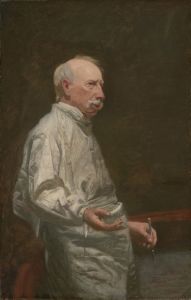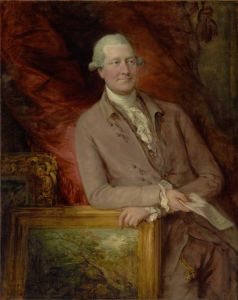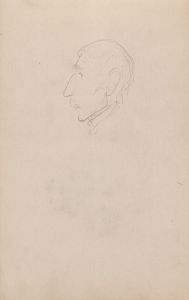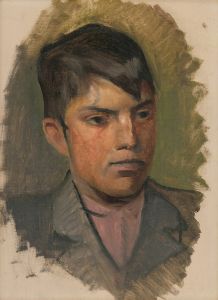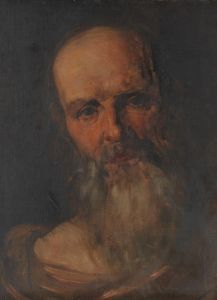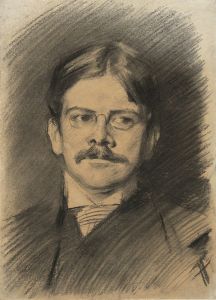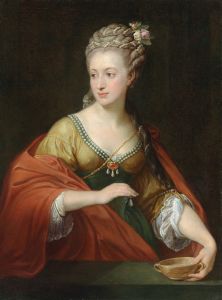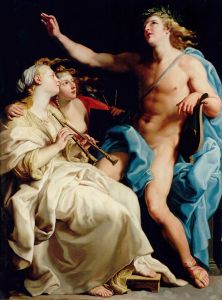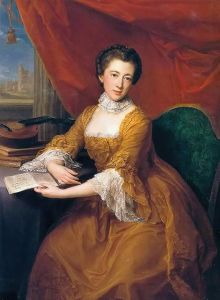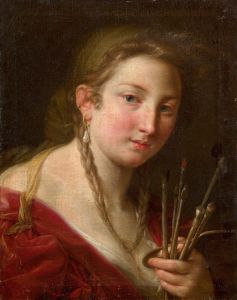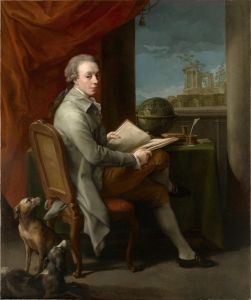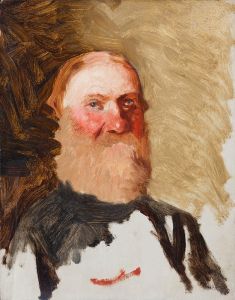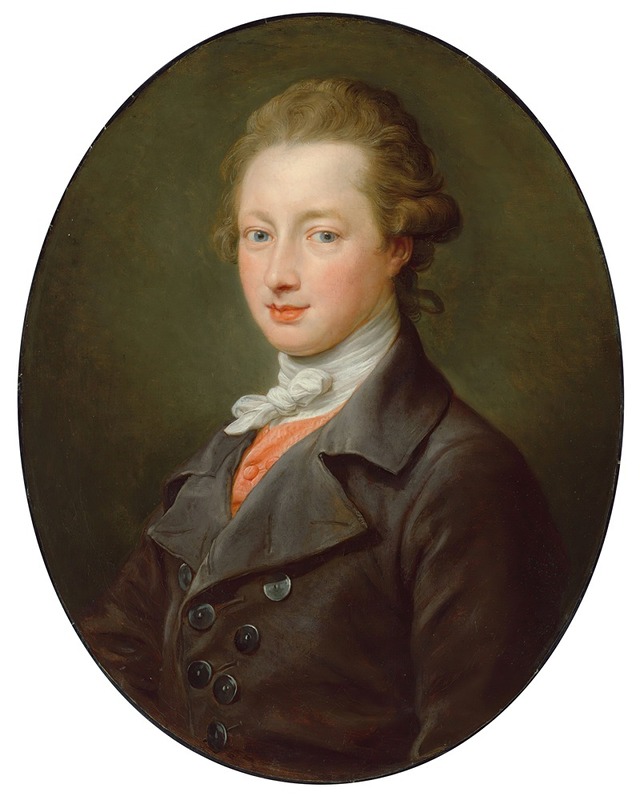
Portrait of a gentleman
A hand-painted replica of Pompeo Batoni’s masterpiece Portrait of a gentleman, meticulously crafted by professional artists to capture the true essence of the original. Each piece is created with museum-quality canvas and rare mineral pigments, carefully painted by experienced artists with delicate brushstrokes and rich, layered colors to perfectly recreate the texture of the original artwork. Unlike machine-printed reproductions, this hand-painted version brings the painting to life, infused with the artist’s emotions and skill in every stroke. Whether for personal collection or home decoration, it instantly elevates the artistic atmosphere of any space.
"Portrait of a Gentleman" is a painting by the renowned Italian artist Pompeo Batoni, who was one of the most celebrated portraitists of the 18th century. Batoni was born on January 25, 1708, in Lucca, Italy, and he became a leading figure in the art world during his lifetime, particularly known for his portraits of European aristocracy and travelers on the Grand Tour.
The painting "Portrait of a Gentleman" exemplifies Batoni's skill in capturing the elegance and status of his subjects. While specific details about this particular portrait, such as the identity of the gentleman depicted, are not widely documented, it is characteristic of Batoni's work to portray his subjects with a sense of dignity and poise. His portraits often include rich details that highlight the sitter's social standing, such as luxurious clothing, fine accessories, and sometimes elements that allude to their interests or achievements.
Batoni's technique is marked by a smooth, polished finish and a keen attention to detail, which can be seen in the rendering of textures and fabrics in his portraits. He was adept at using light and shadow to create a sense of depth and realism, bringing his subjects to life on the canvas. This ability to combine realism with an idealized representation made his portraits highly sought after by the elite of his time.
The context in which Batoni worked was one of great cultural and artistic exchange. The 18th century was a period when the Grand Tour was at its height, with young aristocrats from across Europe traveling to Italy to experience its art, culture, and history. Rome, where Batoni was based for much of his career, was a key destination on this tour, and Batoni became the portraitist of choice for many of these travelers. His studio was a hub of activity, frequented by patrons who wished to commemorate their travels with a portrait by one of the leading artists of the day.
Batoni's portraits are not only significant for their artistic merit but also for their historical value. They provide a window into the fashion, culture, and social dynamics of 18th-century Europe. Through his work, Batoni captured the personalities and aspirations of his time, leaving behind a legacy that continues to be appreciated by art historians and enthusiasts alike.
While "Portrait of a Gentleman" may not be as widely recognized as some of Batoni's other works, such as his portraits of Pope Pius VI or Emperor Joseph II, it nonetheless represents the qualities that define Batoni's oeuvre: technical excellence, an eye for detail, and an ability to convey the character and status of his subjects. Today, Batoni's works are held in high esteem and can be found in major art collections and museums around the world, where they continue to be studied and admired for their contribution to the art of portraiture.





